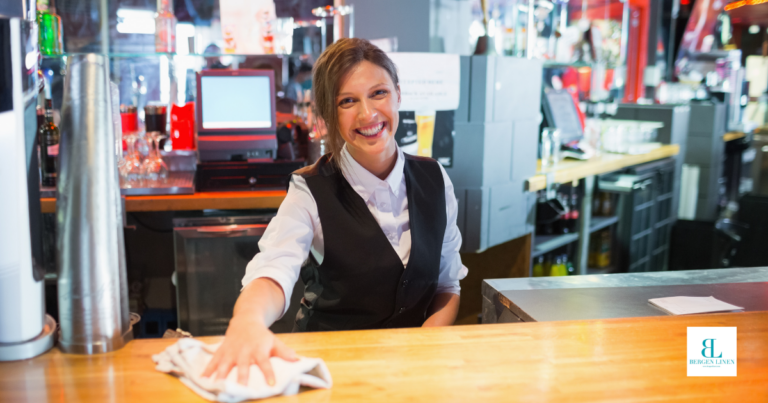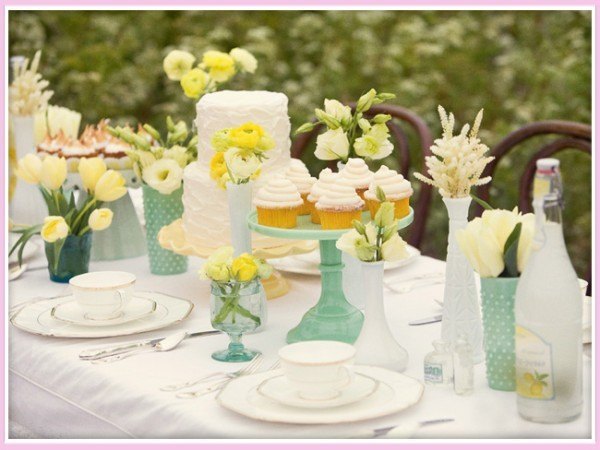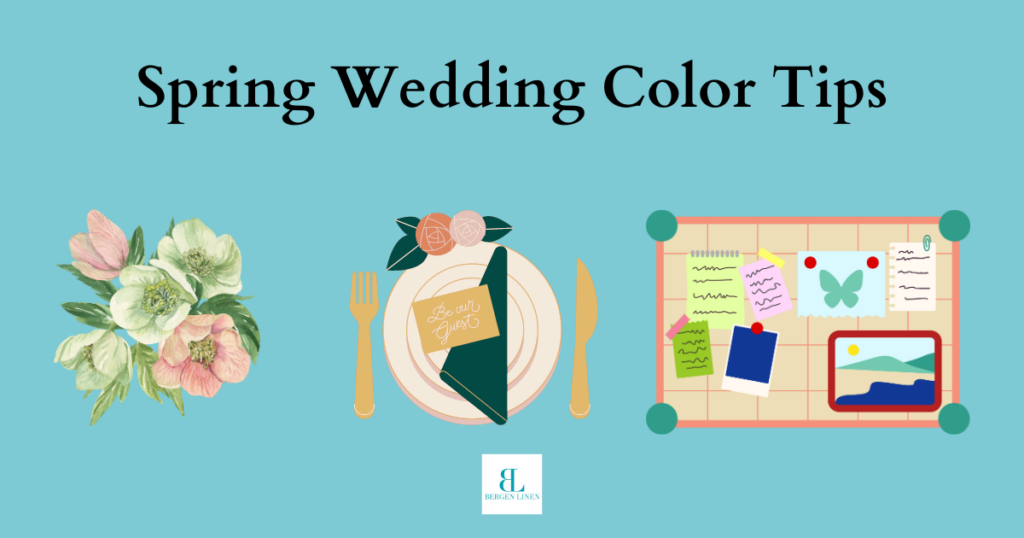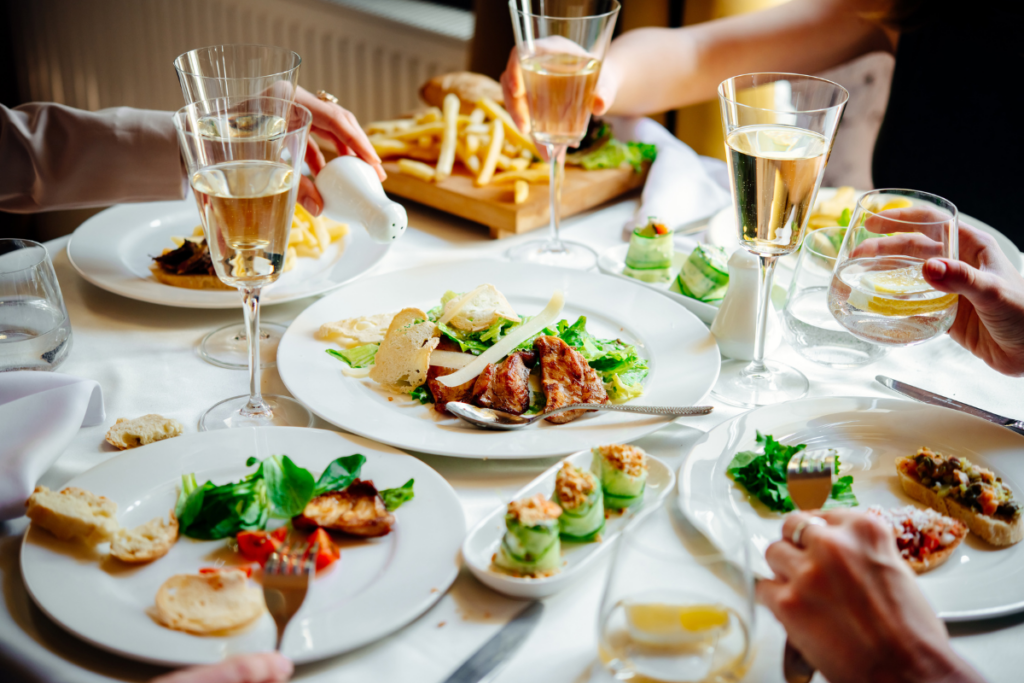What is a bar mop? If you’re asking, then you may not be fully aware of just how amazing these small towels are. They are essential to restaurants, country clubs, and caterers.
Used for many cleaning solutions, bar mops are versatile. Often overlooked, they play a crucial role in maintaining clean kitchens. Highly absorbent and sturdy, they are perfect for any busy restaurant or other food service establishment. Typically, bar mops are 100% cotton or a cotton blend. Smaller and more lightweight than your average kitchen towel, they are meant to always be on hand.
Let’s take a look at one of the most versatile kitchen tools!
The Bar Mop vs. The Kitchen Towel
In a kitchen, the right tools make a difference. So give your team exactly what they need (and may have been missing). At first, bar mops and kitchen towels can seem indistinguishable.
White Bar Mop Towels
Smaller in size (usually around 16″ x 19″)
Cotton blend or cotton bar mops
Highly absorbent
Used to wipe up spills on countertops
- Perfect for cleaning tables and bar tops
Compact and always on hand for everyone (back-of house and front-of house)
Kitchen Towels
Larger in size (usually 18″x 28″ to 20″x 30″)
Primarily made from 100% cotton
Excellent absorbency (as well) and soft
Used to dry (e.g. dishes, utensils) and handle hot pots
Chefs and cooks rely on them
Although different, both types of absorbent towels are an economical option and are environmentally friendly. (Put the paper towels down!) If possible, always choose the reusable option especially in a commercial space. And both are an indispensable tool used as part of the hygienic high standards the Food & Beverage industry upholds. Leave each area with a clean surface thanks to these helpful towels. (They also aid in reducing cross-contamination.)
Key Features of Bar Mops
Bar mops serve a multitude of uses. They are perfect for back-of-house and front-of-house. It is why they are considered an essential tool among restaurants, caterers, and country clubs.
If you are looking for a one-towel solution, choose bar mops. While we listed the kitchen towel’s many uses, the bar mop is a perfect stand-in. (And they are quite the affordable alternative!)
All the Ways to Utilize Bar Mops
Soak up spills
Wipe down any surface
Handle hot items
Clean plate prior to serving
Polish glassware and stainless steel
Place Your Bar Mop Towel Order Today
Pretty great? All that in one small towel. It’s no wonder that bar mops are a weekly staple for all of our customers. In the kitchen, your team will find them helpful to clean up spills and hold hot pans. Before any food is served, the bar mop can quickly tidy up any plate for perfect presentation. Front-of-house workers will love the ease in using them to keep tables, countertops, and bar surfaces clean.
Now to the nitty gritty. Bar mops can become quite dirty and soiled. Unfortunately, we have met many food establishments that attempted to use their own machine washable bar mops. Greasy bar mop towels require an industry-trusted detergent and commercial process. Trust the intense cleaning of bar towels to the professionals.
Weekly Bar Mops
As a commercial linen provider, we understand that the idea of changing linen companies can be stressful. However, you should not be limited to unreliable service or poor quality products. You have a choice. Choose Bergen Linen.
Bar mop towels are durable, absorbent, and ready for any heavy-duty task thrown its way. Add to your rental quote for table linens, floor mats, and uniforms today. Expect bar towels fresh and ready to do the dirty work every time. Bergen Linen services the New Jersey and New York Metro area.









